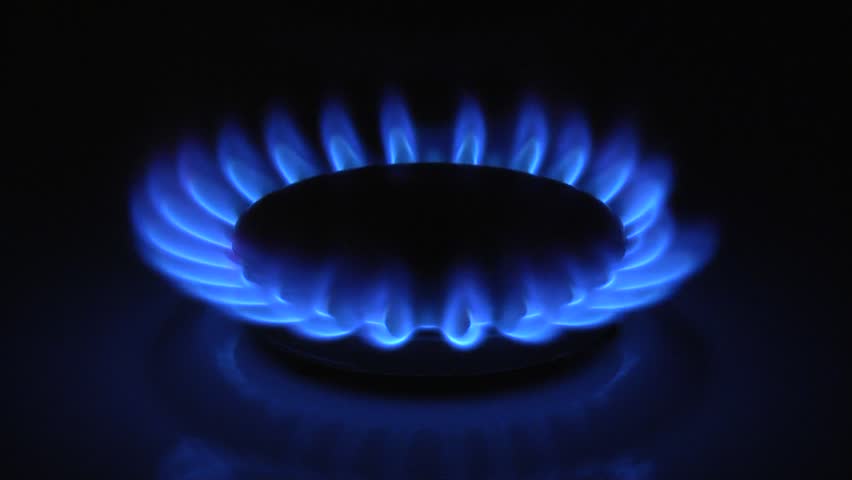Domestically Produced Natural Gas Powering U.S. Economy
New data from the U.S. Energy Information Administration shows that more than 90% of the natural gas consumed in the U.S. in 2018 was produced domestically. This dramatic reversal of fortunes comes less than a decade after many thought the U.S. was all but certain to be increasingly reliant on foreign imports to meet natural gas demand.
U.S. natural gas production hit a new record high of 89.6 billion cubic feet per day (Bcf/d) in 2018, an 11% increase from the year prior. The consecutive year-over-year increase was drive in part by the addition of new pipeline capacity in key producing regions, including the Marcellus and Utica shales in Ohio, Pennsylvania, and West Virginia as well as the Permian Basin in West Texas and southeastern New Mexico.
The benefits of increased natural gas production are clear with more and more Americans gaining access to clean, affordable energy resource. In fact, a recent study from the National Bureau of Economic Research found that declining heating costs resulting from abundant natural gas supplies has led to a decrease in winter mortality rates.
“We find that lower heating prices reduce mortality in winter months. The estimated effect size implies that the drop in natural gas prices in the late 2000s, induced largely by the boom in shale gas production, averted 11,000 winter deaths per year in the US. We also find that the effect does not just represent short-run hastening of mortality.” (emphasis added)
Greater use of natural gas is also empowering the U.S. to achieve meaningful reductions in greenhouse gas emissions. As the International Energy Agency noted in 2017:
“The US power sector has led the world in cutting CO2 emissions since 2008, thanks largely to natural gas displacing coal.”
Ernst Moniz, the former U.S. Secretary of Energy under President Obama, echoed this point during a policy address at Columbia University’s Center on Global Energy Policy:
“First of all, it is a fact that in these last years the natural gas revolution shall we say has been a major contributor to reducing carbon emissions. The president has a goal as I mentioned at 17 percent by 2020. We are about halfway there and about half of that is because of the substitution of natural gas for coal in the power sector essentially driven by market forces.” (emphasis added)
It’s clear that natural gas will play an increasingly important role in meeting the energy needs of American households and businesses for decades to come.



